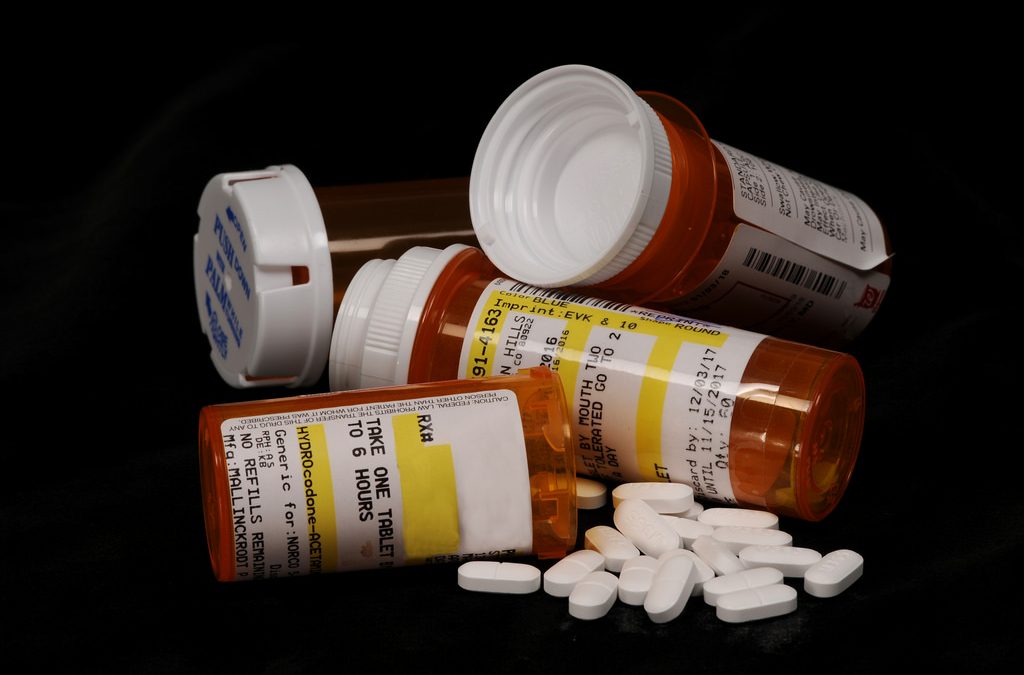The length of time
Different types of research tell us about how addictions usually start, from genetics to psychological aspects. However, other studies show that a person’s history and time spent using opioids also play a role in developing an addiction. Whether acquired through prescription, shared, or stolen, opioids overdose continue to increase in America over the past few years.
Experts categorize opioids as a very addictive substance and when used way too often can damage the brain’s reward system. Usually starts with a pleasurable feeling it evolved into something a person can’t live without. That powerful craving is what drives people into the madness of addiction. Also, the medical community describes addiction as a continued compulsive behavior of using the drug despite its harmful effects.
Risks of Opioid Use
Even when a person takes opioids, let say in a form of painkillers for certain disorder, they are vulnerable to addiction. Opioids, when taken repeatedly over time triggers the body to produce endorphins slowly. Once the body adapted to this process, tolerance develops, and soon addiction. Fortunately, health care providers recognize the risks of opioid use, they can now renew prescriptions. Today, medical science offers safer and alternative treatment methods in lieu of opioid medications.
Opioid Use
“(TNS) Opioid use — even short term — can lead to addiction and, too often, overdose.
Anyone who takes opioids is at risk of developing addiction. Your personal history and the length of time you use opioids play a role, but it’s impossible to predict who’s vulnerable to eventual dependence on and abuse of these drugs. Legal or illegal, stolen and shared, these drugs are responsible for the majority of overdose deaths in the U.S. today.
Addiction is a condition in which something that started as pleasurable now feels like something you can’t live without. Health care providers define drug addiction as an irresistible craving for a drug, out-of-control and compulsive use of the drug, and continued use of the drug despite repeated, harmful consequences. Opioids are highly addictive, in large part because they activate powerful reward centers in your brain.
Endorphins muffle your perception of pain and boost feelings of pleasure, creating a temporary but powerful sense of well-being. “Opioids release an endorphin or a substance in the body that’s the feel-good neurotransmitter,” says Dr. Holly Geyer, a Mayo Clinic addiction medicine specialist. “Many people get an intense high off the opioid when provided. Some people feel nothing. It’s really about your body and how you are built.”When an opioid dose wears off, you may find yourself wanting those good feelings back, as soon as possible. This is the first milestone on the path toward potential addiction.
“Opioids, over time, when binding to the receptors, can cause upregulation in various parts of the brain to the point that you are more likely to sense that high every time you are exposed to the drug,” says Geyer. “This can lead to increased activity to obtain the drug or make sure that you have easy access to it.”
Read the rest of the article here.

